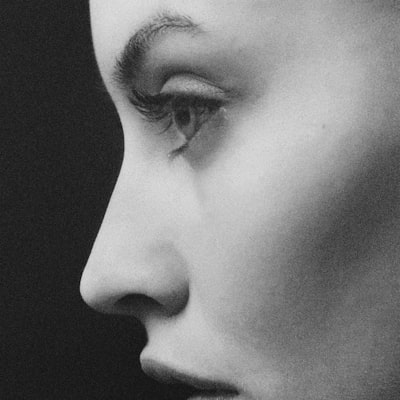Arabic Culture in Contemporary Media: Exploring The Representation, Influence, in addition to Evolution

Arab culture provides a long and radiant history. It will be full of rich traditions, art, music, and stories that have got reached people throughout the world. Right now, our view involving Arab culture is usually largely shaped by media—movies, Shows, interpersonal media, and more. How Arab tradition appears in media impacts how people see and know the region. Intended for this reason, analyzing how media portrays Arab culture, regardless of whether accurately or through stereotypes, is even more important than in the past.
This particular article explores typically the journey of Arab culture in multimedia today, its impact, and what the future holds.
The Evolution of Arabic Culture Representation in Media
Historical Circumstance of Arab Media Portrayal
Within the early days, media generally painted Arab culture with a wide-ranging brush. Western movies and TV displays frequently showed Arabs as villains or stereotypes. Imagine Artist films where Middle easterns are depicted because terrorists or oil-rich sheikhs. These portrayals fueled stereotypes and misunderstandings. Similarly, in https://www.oaza.pl/articles/kultura-arabska-sensualnosc.html , Arab characters had been often limited or perhaps exaggerated for enjoyment.
But the scene started changing right after the 2000s. Using the rise of social media and even streaming platforms, considerably more voices from typically the Arab world started out sharing their tales directly. Arab filmmakers, actors, and influencers gained prominence, complicated tired stereotypes. This digital shift opened new doors intended for authentic stories.
Change from Stereotypes in order to Authentic Narratives
Although stereotypes persisted for decades, recent yrs have seen a press to get more realistic, nuanced depictions of Arabic culture. Writers and even creators now focus on showing Arabic communities’ diversity, challenges, and achievements. Traditional characters with detail and backgrounds are replacing one-dimensional images.
This shift isn’t just about adding more diversity in testimonies. It’s about providing Arab voices control over their own narratives. Audiences now need to see actual life, not caricatures.
Crucial Milestones and Switching Points
Certain motion pictures and TV series have played vital roles in altering perceptions. For illustration, the Egyptian film "Clash" (2016) gained international praise intended for portraying the politics unrest in Egypt without stereotypes. The particular Palestinian series "Omar" broke ground using its honest storytelling about conflict. Systems like Netflix today offer shows like "Ramy, " which presents a modern day Muslim-American experience.
Arabic filmmakers like Nadine Labaki and Khaled Youssef have built waves by generating films that showcase Arab lifestyles plus issues. Their job proves that will
Arabic stories can be powerful, relatable, and globally appealing.
Arab Traditions in Film and even Television
Representation regarding Arab Identity in addition to Stereotypes
Many films and shows still rely on clichés. Arabs are frequently shown as wealthy sheikhs, terrorists, or oppressed women. These types of images aren’t correct for the majority of Arab communities. However, creators are actually pushing again against these images.

Today, we notice Arab characters along with complex personalities—people along with dreams, flaws, and even strengths. These tales paint an even more truthful picture of Arab identity, digesting misconceptions.
